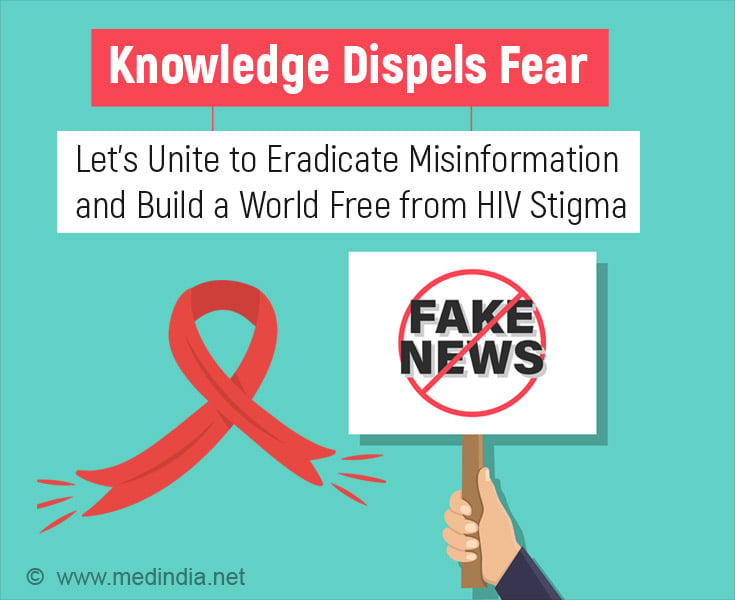It is a bloodborne virus and is transmitted through specific bodily fluids, such as blood, semen, vaginal fluids, and breast milk.
Myth #3: Only Certain Groups of People can get HIV
Fact: Anyone, regardless of age, gender, sexual orientation, or race, can be at risk of HIV if they engage in activities that allow the virus to enter their bloodstream. Everyone needs to practice safe behaviors to prevent HIV transmission.
Myth #4: HIV is a Death Sentence
Fact: While there is no cure for HIV, advancements in medical treatments, such as antiretroviral therapy (ART), have turned HIV into a manageable chronic condition. People living with HIV can lead long and healthy lives with proper medical care.
Myth #5: You can tell if Someone has HIV by Looking at Them
Fact: HIV cannot be diagnosed based on appearance. People with HIV may look and feel healthy for many years. The only way to know if someone has HIV is through testing.
Myth #6: HIV can be Cured by Alternative Therapies or Natural Remedies
Fact: Currently, there is no cure for HIV. While some alternative therapies may help manage symptoms or improve overall health, they are not a substitute for medical treatment.
Myth #7: Condoms are not Effective in Preventing HIV Transmission
Fact: Correct and consistent use of condoms is highly effective in preventing the sexual transmission of HIV. Condoms are an important part of safer sex practices.
Myth #8: HIV is only a Problem in Certain Regions or Countries
Fact: HIV can affect people worldwide,and it is present in every country. The prevalence may vary, but no region is immune to the risk of HIV transmission.
Myth #9: HIV can be Transmitted Through Kissing
Fact: HIV is not transmitted through casual kissing. The virus is not present in saliva in quantities sufficient to transmit the infection. However, deep kissing with open sores or bleeding gums may carry a small risk.
Myth #10: HIV-Positive Individuals are Always Infectious
Fact: With proper medical treatment and a suppressed viral load, the risk of transmitting HIV is significantly reduced. People with HIV can take precautions to protect their partners and reduce the risk of transmission.
It’s crucial to rely on accurate information from reputable sources to combat misinformation about HIV/AIDS and promote a supportive and informed community.
Reference :
- HIV and AIDS – Basic facts – (https:www.unaids.org/en/frequently-asked-questions-about-hiv-and-aids)
Source: Medindia



